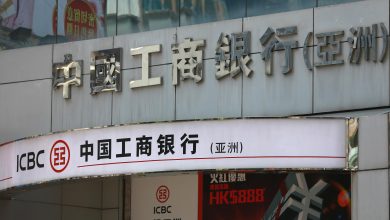China’s stock investors cannot gauge sentiment as regulator cuts access to key data

China’s stock exchanges have stopped real-time data feed on foreign inflows into onshore equities from Monday, stripping domestic traders of a gauge of market sentiment, as regulators seek to downplay the influence of overseas investors amid persistent outflows.
These changes came into effect after the two bourses hinted at the move in April. Before that, investors were able to access real-time data on buying and selling by overseas traders involved in the cross-border Stock Connect scheme, as well as the balance of the daily trading quota.
The move underscores the regulator’s intention to downplay the impact of foreign exodus from the nation’s US$8.3 trillion stock market, as these moves are closely monitored by some individual investors.
“Judging by the global markets, the data linked to overseas funds is actually the lagging part of the market,” said Wang Kai, an analyst at Guosen Securities in Shanghai.
Foreign investors, who either trade via the Stock Connect scheme or are approved under the qualified foreign institutional investor programme, held a total of 3.5 trillion yuan (US$489.8 billion) of Chinese stocks as of August last year, accounting for about 4 per cent of the market capitalisation, according to China Capital International Corp.
Chinese and Hong Kong stocks have been falling out of favour among foreign investors over the past few years amid frustrations over China’s growth outlook and the downturn in the property market.

Overseas traders had sold onshore stocks worth 1.74 billion yuan in the year to August 9, according to Chasing Securities. Should the selling persist for the rest of the year, it would be the first foreign outflow on an annual basis since at least 2016, when the Shenzhen exchange was added to the Stock Connect programme with Hong Kong.
China’s CSI 300 Index has dropped about 9 per cent from this year’s high in May, as investors are underwhelmed by Beijing’s piecemeal measures to rejuvenate growth. The latest data showed uneven economic recovery continued into July, with industrial production falling short of the consensus estimate and retail sales slightly beating expectations.
Meanwhile, the real-time data on daily southbound flows to Hong Kong stocks, which refers to mainland buying and selling of the city’s equities via the Stock Connect link, will still be available on the Hong Kong exchange.





